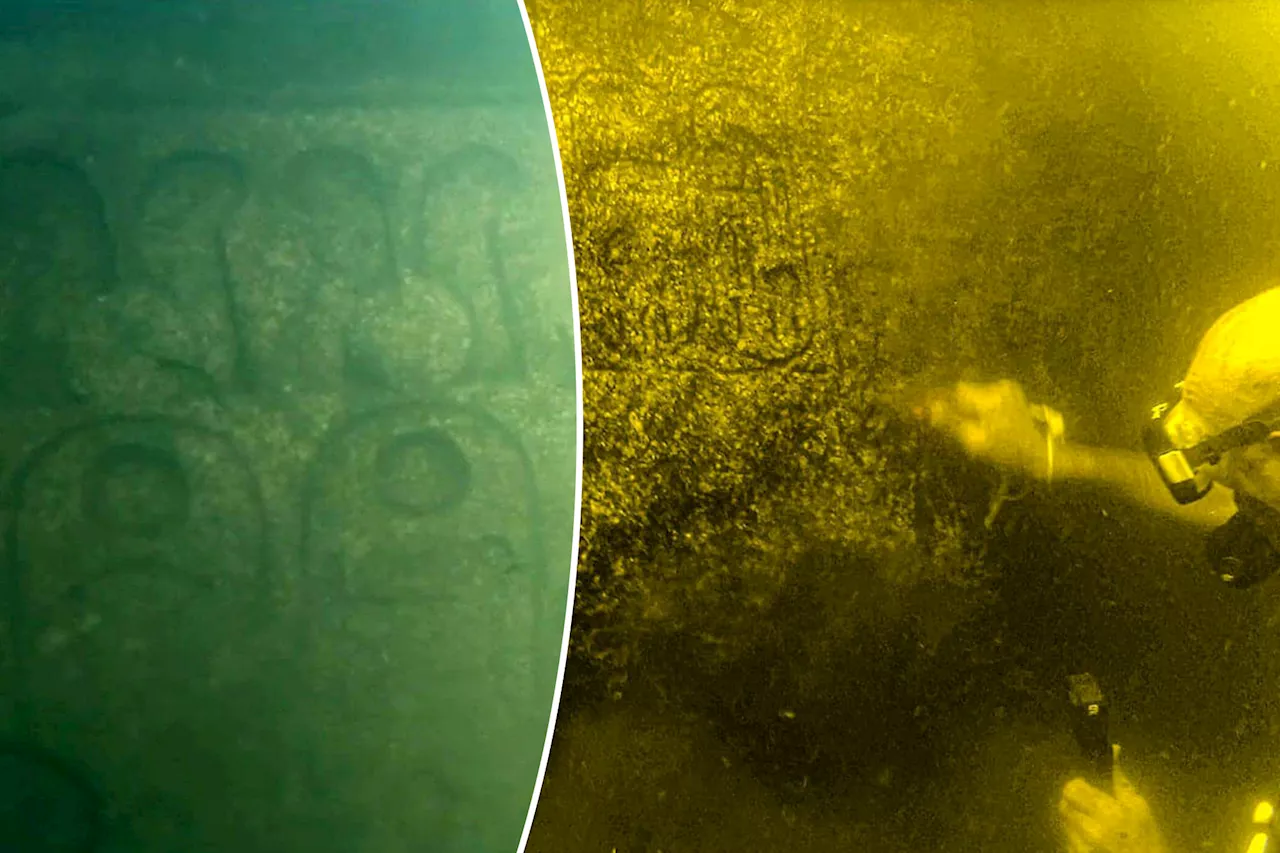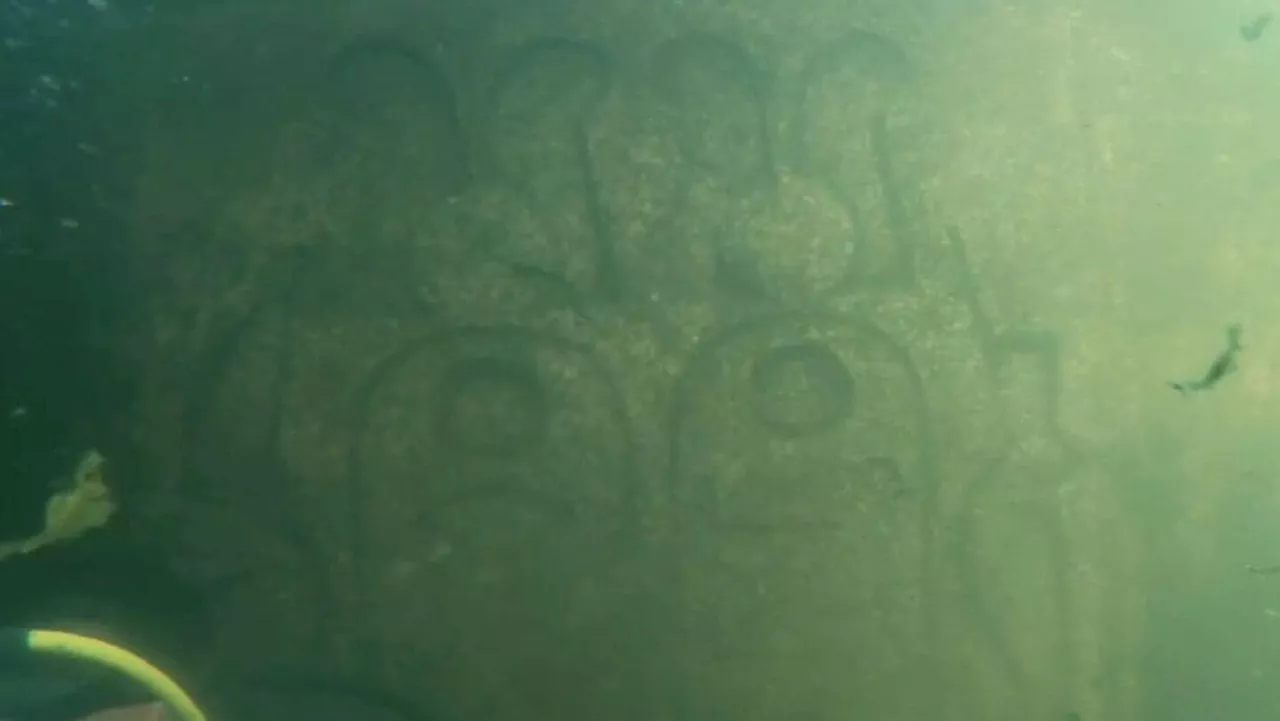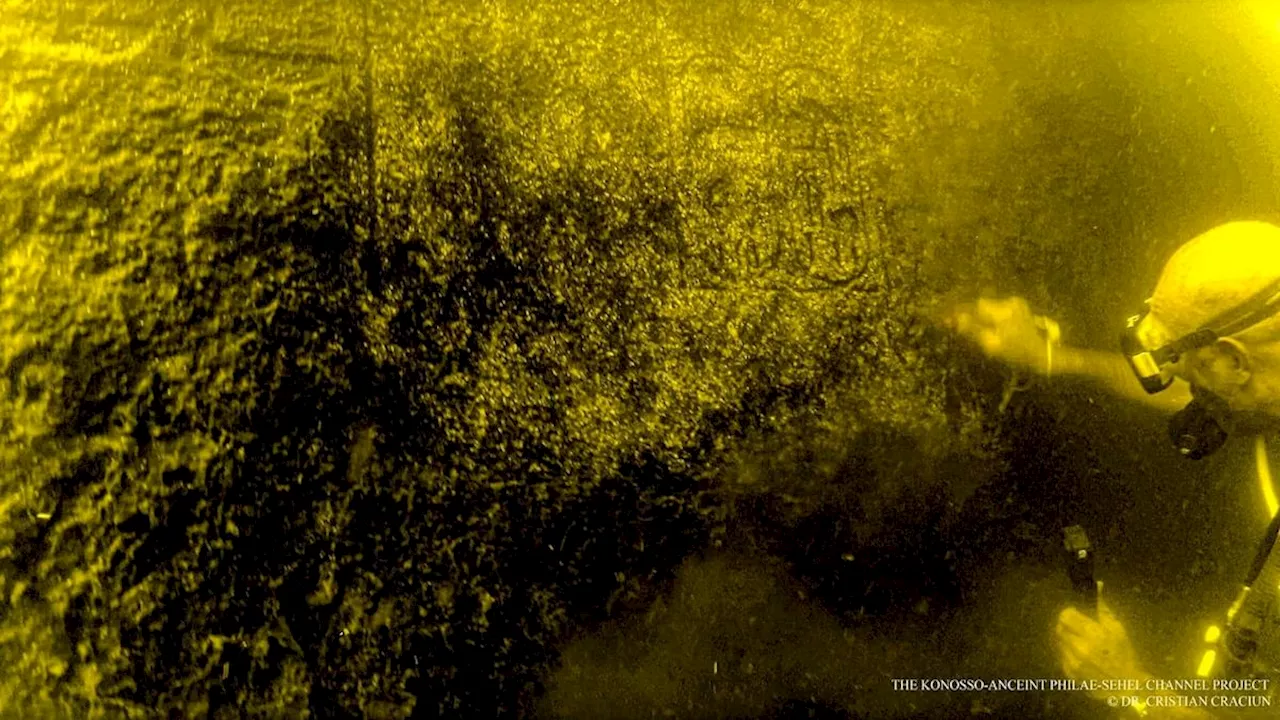Markings on a stone pillar at a 12,000 year-old archaeological site in Turkey likely represent the world's oldest solar calendar, created as a memorial to a devastating comet strike, experts suggest.
Markings on a stone pillar at a 12,000 year-old archaeological site in Turkey likely represent the world's oldest solar calendar, created as a memorial to a devastating comet strike, experts suggest.
The research suggests ancient people were able to record their observations of the sun, moon and constellations in the form of a solar calendar, created to keep track of time and mark the change of seasons. Since both the moon's and the sun's cycles are depicted, the carvings could represent the world's earliest so-called lunisolar calendar, based on the phases of the moon and the position of the sun -- pre-dating other known calendars of this type by many millennia.
Another pillar at the site appears to picture the Taurid meteor stream -- which is thought to be the source of the comet fragments -- lasting 27 days and emanating from the directions of Aquarius and Pisces. The find also supports a theory that Earth faces increased comet strikes as its orbit crosses the path of circling comet fragments, which we normally experience as meteor streams.
Near-Earth Object Impacts Ice Ages Global Warming Ancient Civilizations Fossils Early Climate Cultures
United States Latest News, United States Headlines
Similar News:You can also read news stories similar to this one that we have collected from other news sources.
 13,000-year-old carvings in Turkey may be the world's oldest lunisolar calendarJennifer Nalewicki is a Salt Lake City-based journalist whose work has been featured in The New York Times, Smithsonian Magazine, Scientific American, Popular Mechanics and more. She covers several science topics from planet Earth to paleontology and archaeology to health and culture. Prior to freelancing, Jennifer held an Editor role at Time Inc.
13,000-year-old carvings in Turkey may be the world's oldest lunisolar calendarJennifer Nalewicki is a Salt Lake City-based journalist whose work has been featured in The New York Times, Smithsonian Magazine, Scientific American, Popular Mechanics and more. She covers several science topics from planet Earth to paleontology and archaeology to health and culture. Prior to freelancing, Jennifer held an Editor role at Time Inc.
Read more »
 Ancient carvings in Turkey could be earliest solar calendarMarkings on a stone pillar at a 12,000-year-old archaeological site in Turkey likely represent the world's oldest solar calendar, created as a memorial to a devastating comet strike, experts suggest.
Ancient carvings in Turkey could be earliest solar calendarMarkings on a stone pillar at a 12,000-year-old archaeological site in Turkey likely represent the world's oldest solar calendar, created as a memorial to a devastating comet strike, experts suggest.
Read more »
 Carvings in Ancient Temple of Göbekli Tepe Could Be Earth's Oldest CalendarThe Best in Science News and Amazing Breakthroughs
Carvings in Ancient Temple of Göbekli Tepe Could Be Earth's Oldest CalendarThe Best in Science News and Amazing Breakthroughs
Read more »
 Lost carvings of King Tut's grandfather, other pharaohs discovered in Nile RiverAncient Egyptian carvings discovered in depths of the Nile River
Lost carvings of King Tut's grandfather, other pharaohs discovered in Nile RiverAncient Egyptian carvings discovered in depths of the Nile River
Read more »
 Dazzling Carvings of Egyptian Pharaohs Found in the River NileA number of paintings, inscriptions, and other artworks of several pharaohs were found in Aswan.
Dazzling Carvings of Egyptian Pharaohs Found in the River NileA number of paintings, inscriptions, and other artworks of several pharaohs were found in Aswan.
Read more »
 Rock carvings of ancient Egyptian pharaohs found underwater near AswanOwen Jarus is a regular contributor to Live Science who writes about archaeology and humans' past. He has also written for The Independent (UK), The Canadian Press (CP) and The Associated Press (AP), among others. Owen has a bachelor of arts degree from the University of Toronto and a journalism degree from Ryerson University.
Rock carvings of ancient Egyptian pharaohs found underwater near AswanOwen Jarus is a regular contributor to Live Science who writes about archaeology and humans' past. He has also written for The Independent (UK), The Canadian Press (CP) and The Associated Press (AP), among others. Owen has a bachelor of arts degree from the University of Toronto and a journalism degree from Ryerson University.
Read more »
